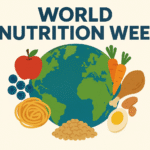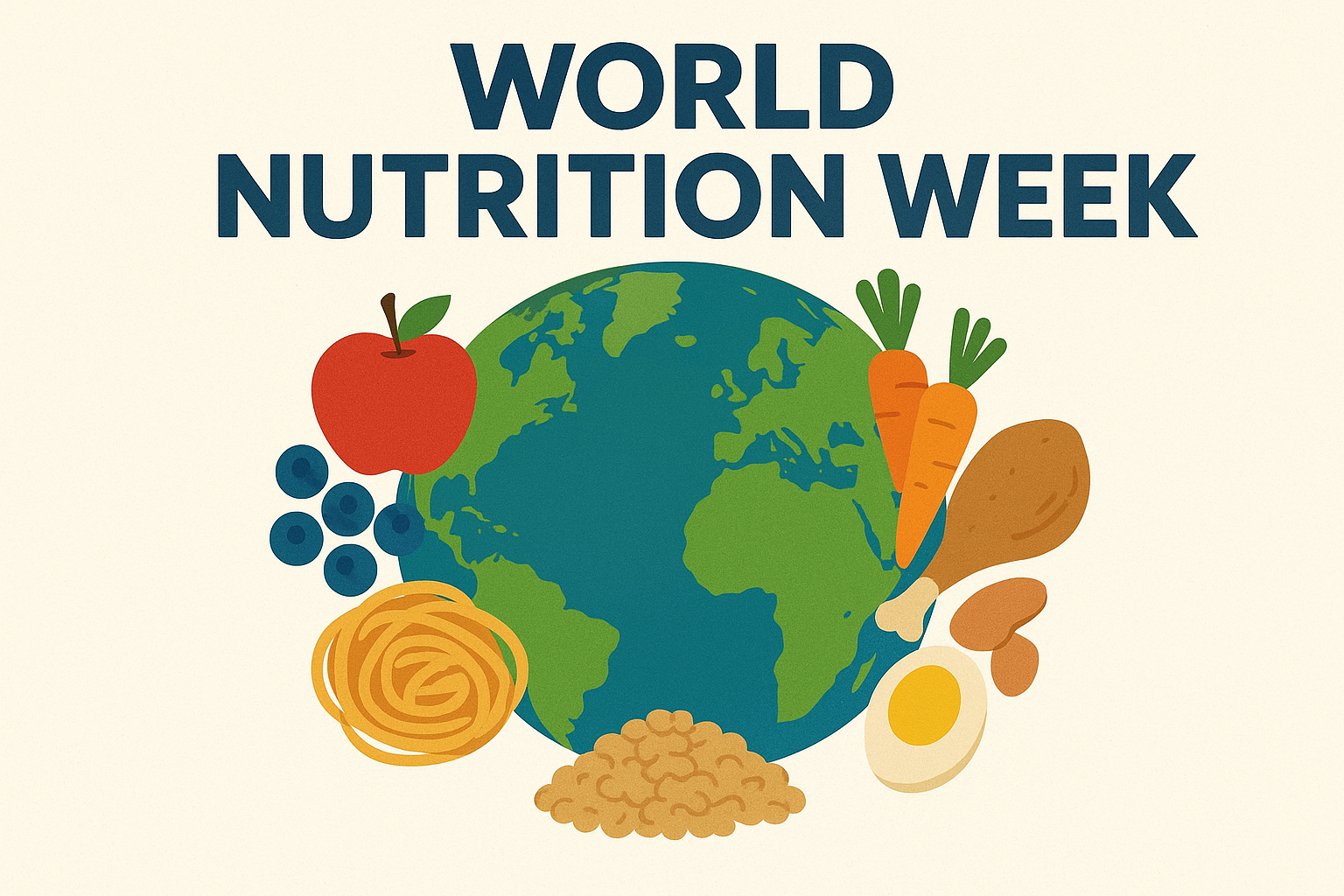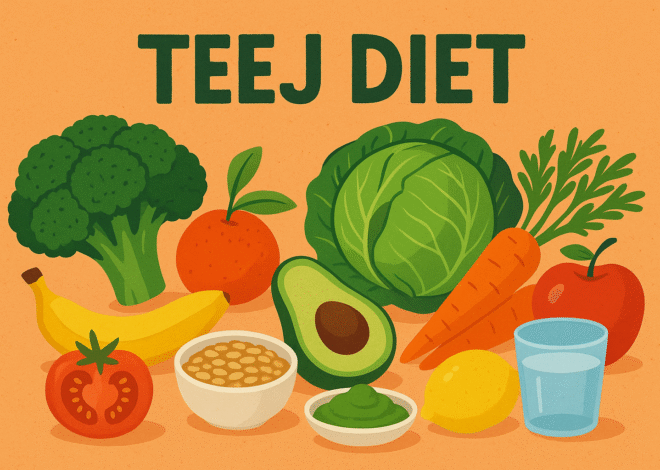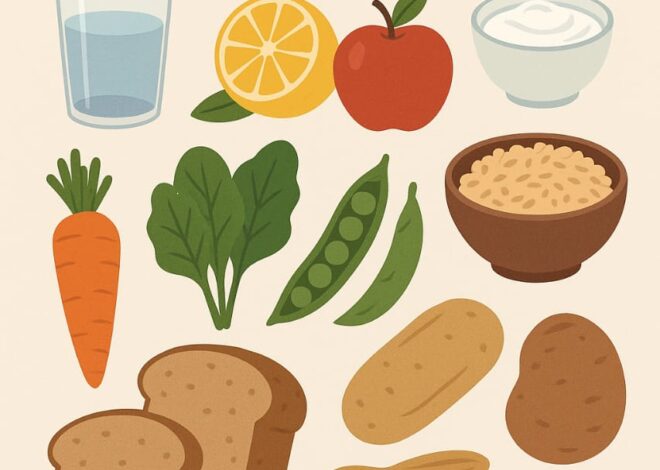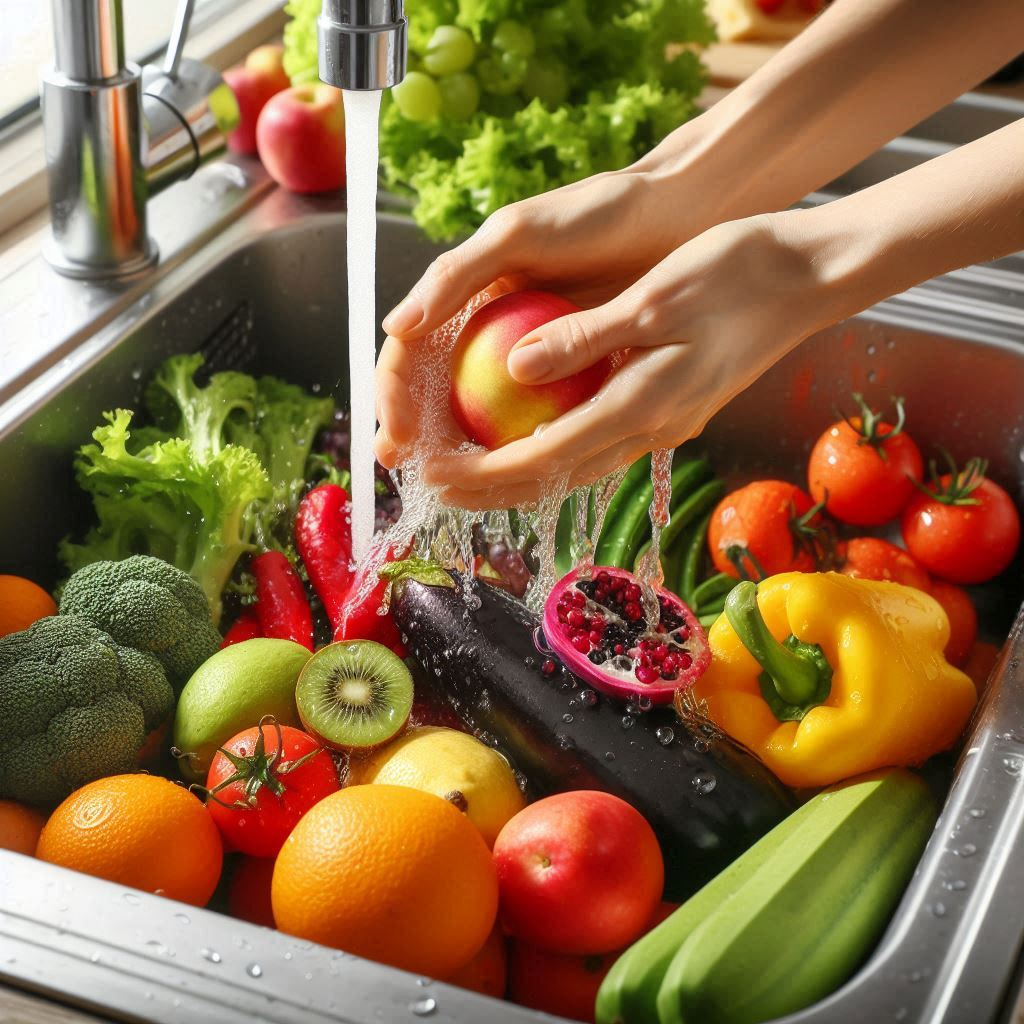
Effective Ways to Clean Pesticides Off Your Fruits and Vegetables

Soak in Vinegar
Another method to reduce pesticide residues on fruits and vegetables is by blanching and peeling. Blanching is a process where vegetables are briefly placed in hot water or steam after they’ve been thoroughly washed.
Vinegar not only helps eliminate pesticide residues but also acts against bacteria and fungi.
Incorporating lemon juice into the vinegar solution elevates its acidity, thereby facilitating a more effective cleansing process.
It is important to note that while this method is generally effective, porous fruits like berries should be soaked briefly to avoid becoming too soggy.
Blanching and Peeling
Another method to reduce pesticide residues on fruits and vegetables is by blanching and peeling. Blanching is a process where vegetables are briefly placed in hot water or steam after they’ve been thoroughly washed. This method effectively removes surface pesticides from the vegetables.
Additionally, trimming excess fat and skin from meat can eliminate pesticide traces absorbed by animals. These methods, when combined with processing steps such as concentration and dehydration, further reduce pesticide residues in food.
Washing with Water: The most basic method is to wash your fruits and vegetables thoroughly under running water. Use a vegetable brush for items with tougher skins, like potatoes or cucumbers, to scrub off any residues.
Vinegar Soak: Create a solution of water and vinegar (1 part vinegar to 4 parts water) and soak your produce in it for 15-20 minutes. Vinegar is acidic and can help break down pesticide residues. After soaking, thoroughly rinse the produce with clean water.
Baking Soda Scrub: Mix baking soda with water to make a thick paste. Use this paste to scrub fruits and vegetables with harder skins (like apples or tomatoes) using a brush. Rinse well afterward.
Saltwater Soak: Dissolve salt in water (use about 1 tablespoon of salt per cup of water) and soak your produce for a few minutes. Rinse thoroughly afterward.
Commercial Fruit and Vegetable Washes: There are commercially available produce washes specifically designed to remove pesticides. Please adhere to the product’s instructions to achieve optimal results.
Peeling: For fruits and vegetables with thicker skins or peels (like apples, carrots, or cucumbers), peeling can help reduce pesticide exposure. However, keep in mind that valuable nutrients may also be lost with the peel.
Buy Organic: Consider purchasing organic fruits and vegetables, as they are grown without synthetic pesticides.
Farmers’ Markets and Local Produce: Buying from local farmers’ markets or directly from farmers can sometimes mean fewer pesticides were used in the growing process, especially if they use organic or sustainable farming practices.







